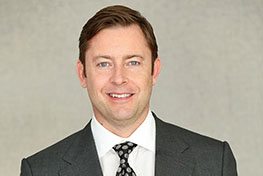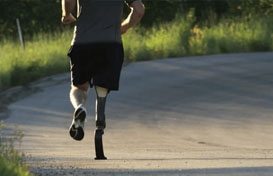Pedicle screws are used as a common part of spinal fusion surgeries. They grip the spinal segment and connect it to a rod. The screws are normally placed at two or three consecutive spine segments, and a short rod can be used to connect the screws. This can prevent motion at the segments that are being fused.
In many cases, the bone graft will grow, and the screws and rods are no longer needed. At that point, they can be removed with a later back surgery. However, it’s typically recommended that the pedicle screws stay in place unless they cause discomfort. In early procedures, pedicle screws were not used, because the safety of the screws was not certain. However, studies have shown that they are safe and they have been approved by the FDA for use in the lower spine for certain conditions.
However, placing the pedicle screws can be very tricky. Most experts say that only experienced doctors should place them. Pedicle screw placement has been shown to have a fairly high risk of damaging the motor and sensory pathways because of their close proximity to the spinal cord and nerve roots. One safe way to place or remove pedicle screws is through the use of intraoperative neurophysiological monitoring (IONM). IONM involves hooking electrodes to the body and monitoring how the nervous system reacts during surgery.
In general, IONM has been very beneficial in making certain types of surgeries safer, including those near the spinal cord. However, like any medical procedure, IONM can go wrong. If your surgery that is monitored using IONM has turned out badly, you should speak with an attorney. Call me, Conal Doyle, intraoperative monitoring attorney, at 310-385-0567, if you have been injured during surgery. Call to learn more or to schedule a free consultation.












